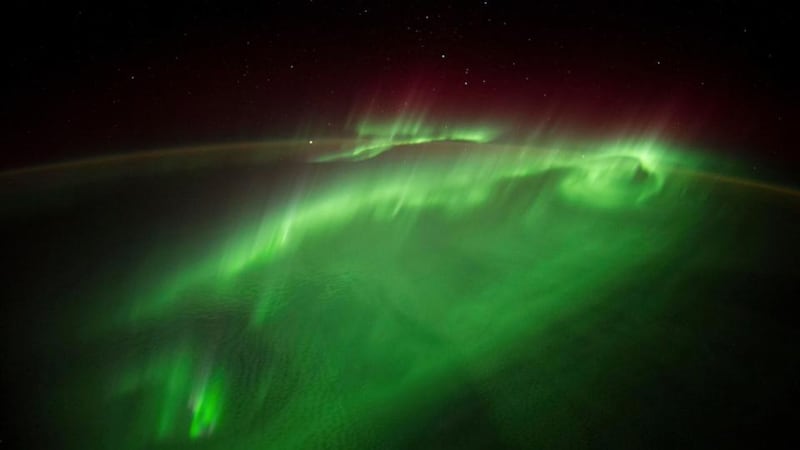Thanks to an "enormous solar explosion", people across Ireland may get to see a full display of the Northern Lights tonight.
Two solar flares have heightened the chances of the phenomenon, known as the aurora borealis, being spotted.
Astronomy Ireland chairman David Moore said space weather forecasts suggest there was a 90 per cent chance of seeing the Northern Lights tonight.

“Anybody who wants to see an aurora would be unwise to go to bed early this evening,” he said.
“If it’s a major display it will be seen by the entire country. If it’s minor, it’ll be best seen in the north of the country. It has to be a clear sky to see it.”
Mr Moore, who will keeping his eye on the skies from north Dublin, said the least spectacular display would look like a “white glow” to the naked eye but show up as a vivid green in photographs.
“That’s the minimum. If the display gets brighter you’ll get rays across the sky, reds, blue and different colours.”
He said the sun is at the peak of its 11-year cycle of activity, when the most auroras are expected.
Mr Moore said 2003 was the last time Ireland had a clear sky with a “huge display” of Northern Lights, which was during the sun cycle’s last peak.
“When they show up it is a real treat. We have had smaller displays seen in the last few years,” he said.
Mr Moore said the cause of the possible strong displays was the solar eruption on the sun last Wednesday.
“It hurled a huge cloud of billions of tonnes of radiation toward earth. A massive flare that would dwarf the world’s entire nuclear arsenal. A major explosion,” he said.
“There is a lot of excitement when there is this much activity. It doesn’t happen very often,” he said.
“There’s a giant sunspot on the sun now, much bigger than the earth. There’s no danger down here on the ground but it can affect satellites.”
Mr Moore said the cloud and mist hampered stargazers from seeing the aurora last night. "We've heard some indirect reports there was pink in the sky around Mayo but we're not sure if that was the aurora," he said.
The first of two coronal mass ejections, huge bubbles of gas from the sun, hit the Earth’s atmosphere last night, according to the Space Weather Prediction Centre in the US.
A statement on its website said “storming” could even go on until tomorrow.
Send your photographs to news@irishtimes.com or tweet us @irishtimes









